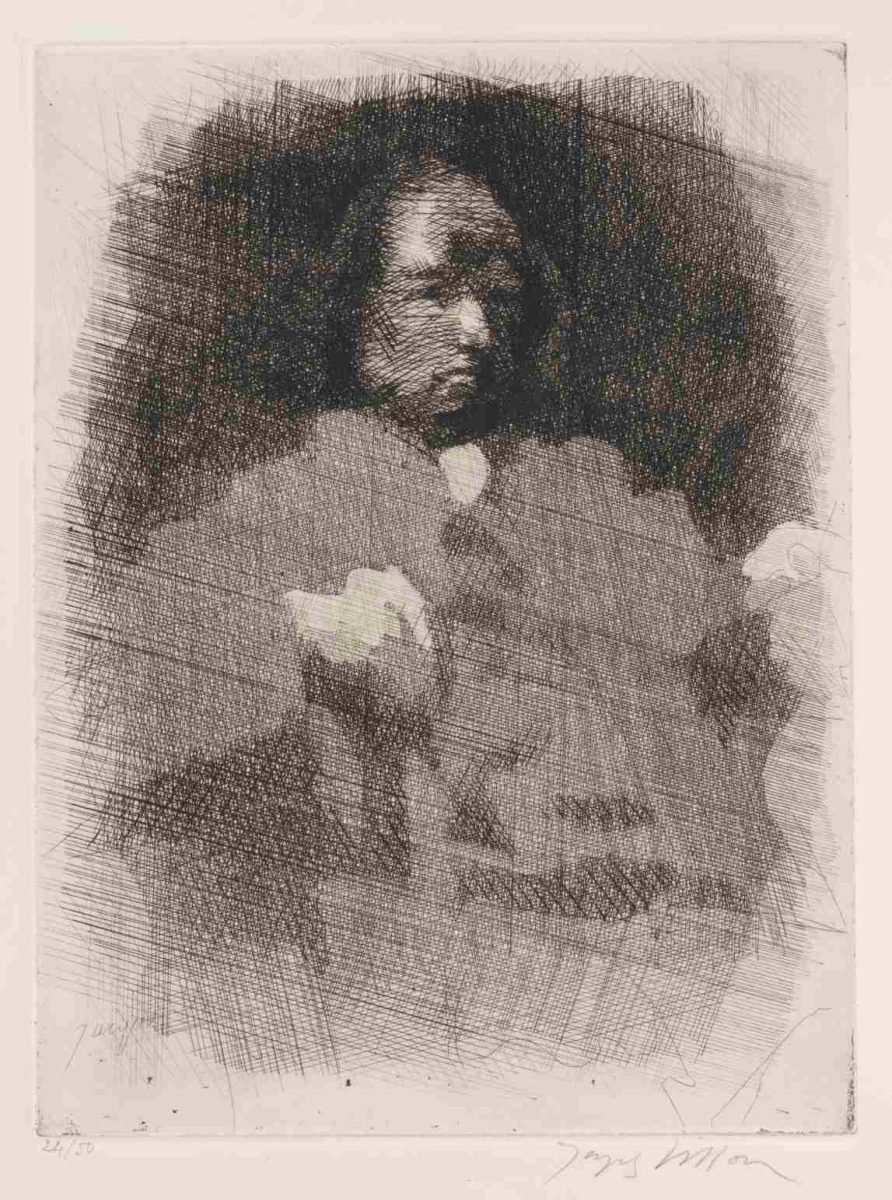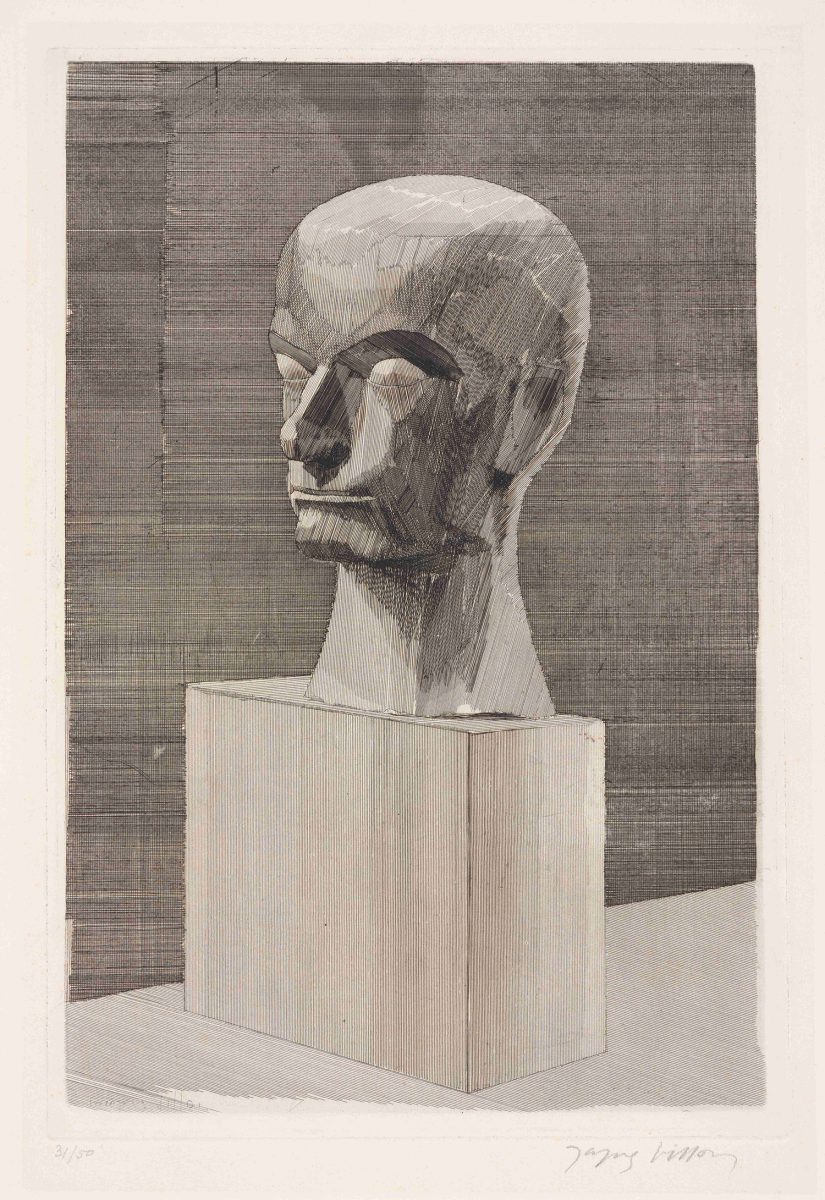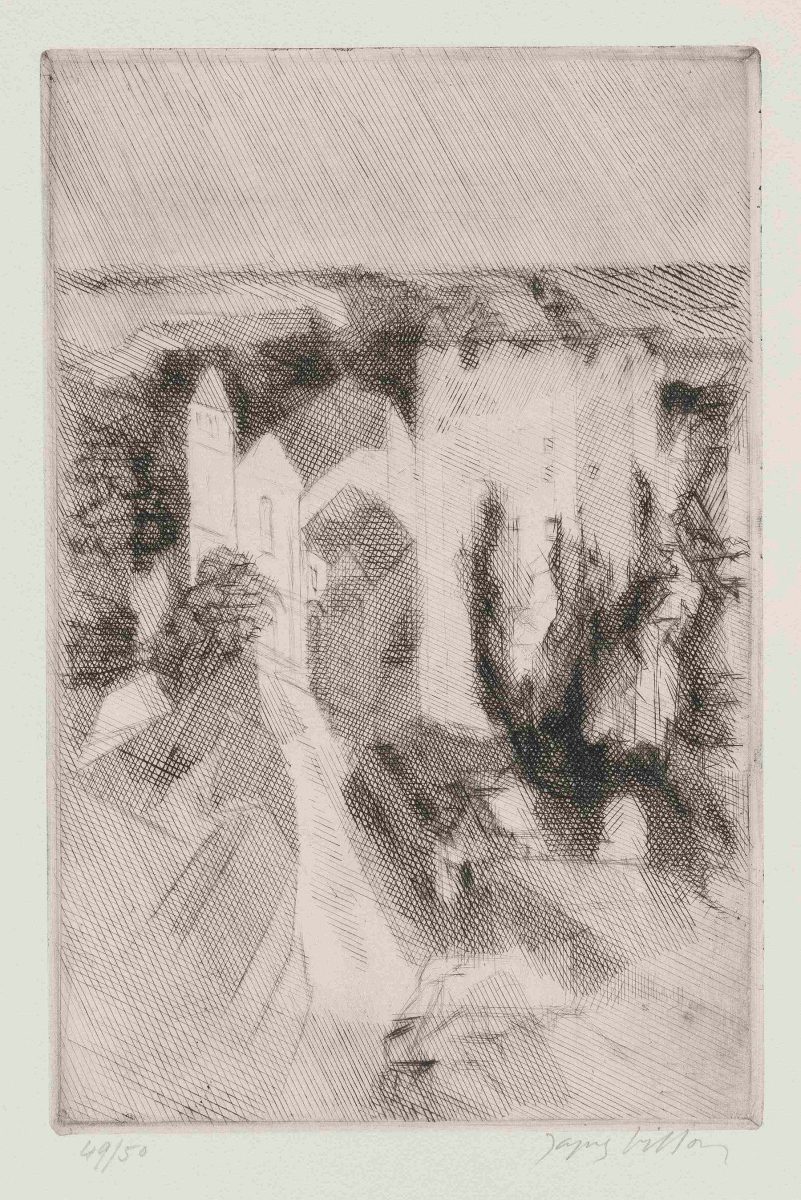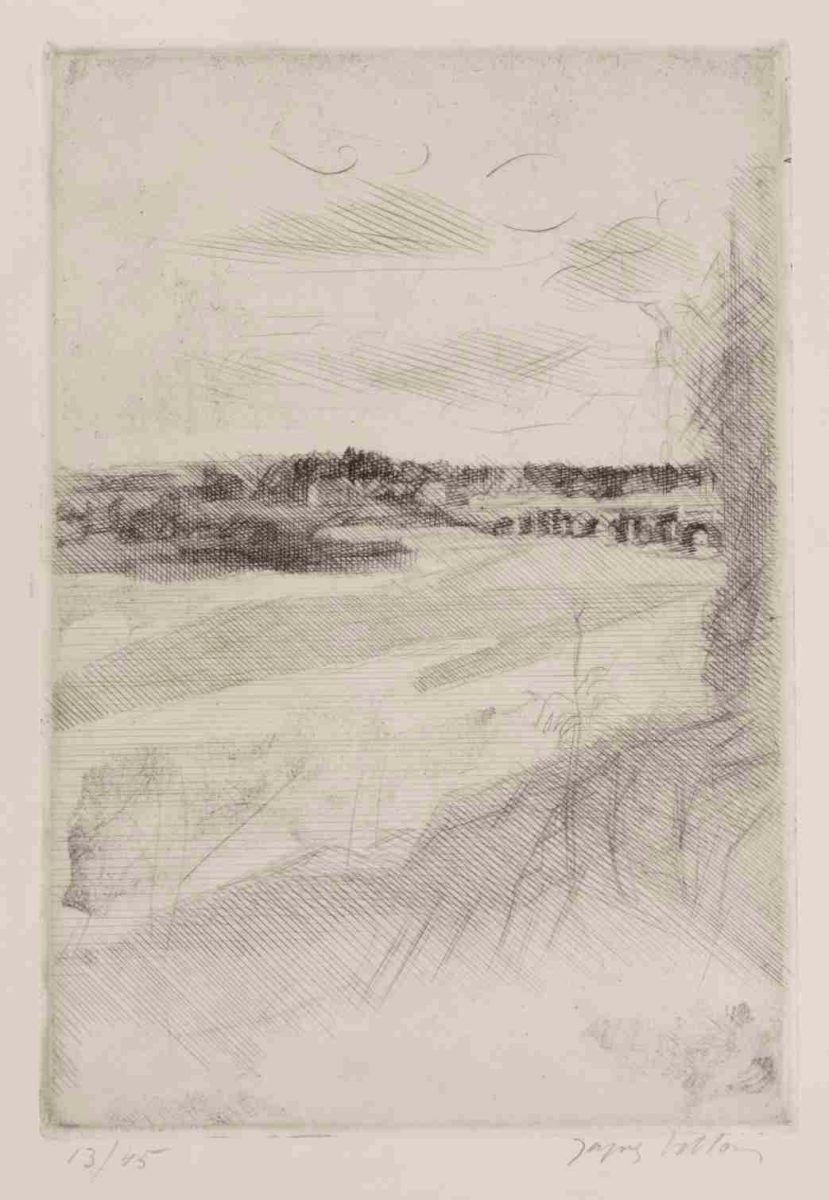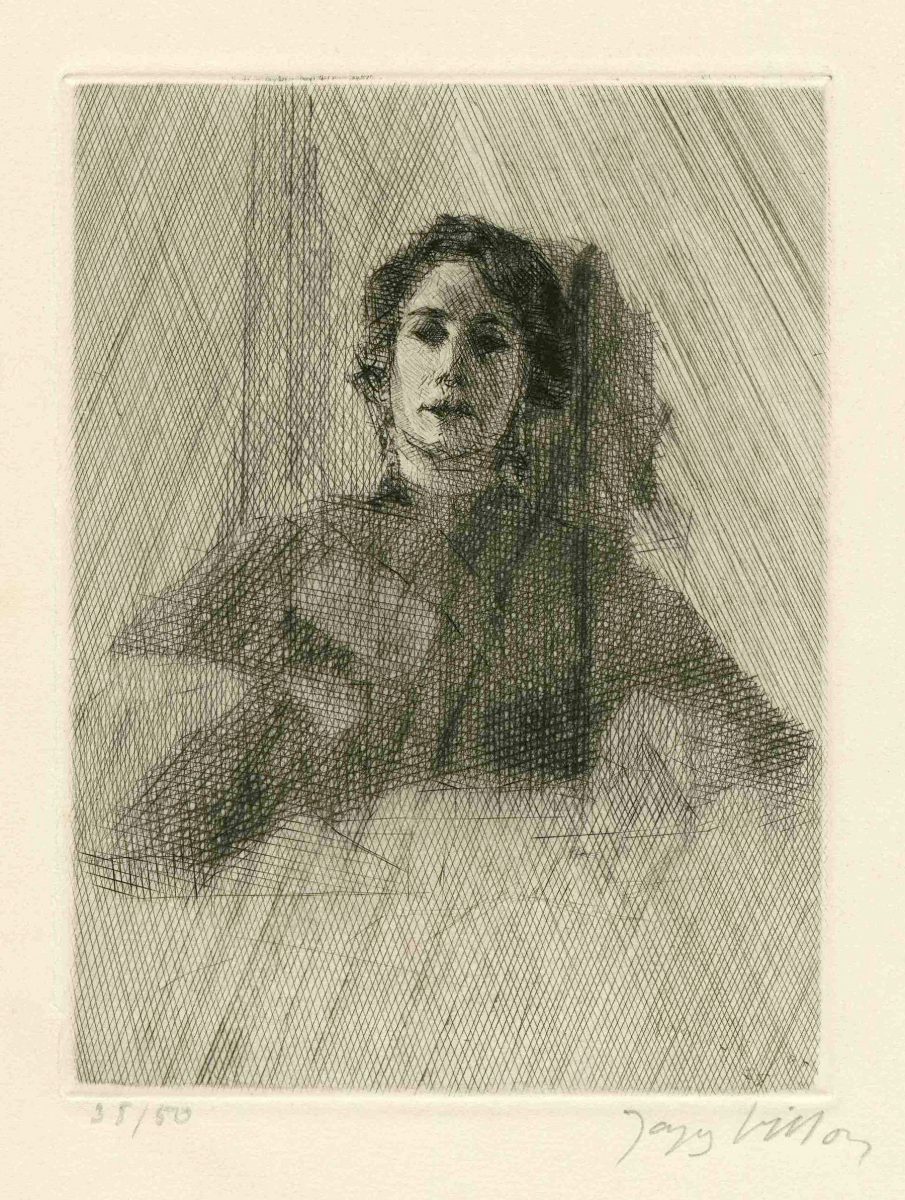The painter and printmaker Jacques Villon, born Gaston Duchamp, was part of a renowned artistic family, of whom Marcel Duchamp, renowned for his groundbreaking innovations as a conceptual artist, is undoubtedly the most famous. Yet Marcel’s siblings - Villon, as well as the sculptor Raymond Duchamp-Villon and the painter Suzanne Duchamp - made their own contributions to art history.
Initially, Jacques Villon followed in his father’s footsteps by studying law, but he soon abandoned his legal studies to pursue a career in art. Hoping to distinguish himself from his siblings, he adopted the pseudonym Jacques Villon in homage of the poet François Villon. He soon settled in Montmartre and began to creating satirical posters and illustrations for various publications. Introduced to engraving as a teenager, Villon continued to expand his abilities and experimented with different techniques, including etching, drypoint, and colour lithography. His early work was imbued with an avant-gardist spirit, but one that was tempered by the influence of Manet and the Impressionists.
In 1906, Villon moved from Montmartre to Puteaux, where his studio became gathering place for the Duchamp brothers, home to long discussions about art. Now into his thirties, Villon began studying the writings of Leonardo Da Vinci, and the emergence of Cubism in the following years radically transformed his artistic approach. Villon’s reflections on spatial representation led him to develop an idiosyncratic theory of pyramidal vision, which generated a unique artistic style. But despite the intellectual and technical rigor of his paintings and engravings - as we find in his Baudelaire au socle (Baudelaire on a pedestal, 1920), a point-by-point translation of a sculpture by his brother Raymond, who died in the war in 1918 - Villon’s innovative work went largely unrecognized by the public.
During the 1920s, facing financial challenges, Villon began creating commercial engraved copies of the works of contemporary painters, leaving him little time for personal projects. It was not until the 1930s that he fully resumed his artistic practice, which saw an increasing focus on the landscape, as we find in Les trois ordres, Beaugency (1939). After the Second World War, Villon's talent and originality finally gained the recognition they deserved, resulting in numerous awards and major exhibitions, including a significant 1959retrospective at the Musée National d'Art Moderne in Paris.
*
The collection of the Fondation Willia Cuendet & Atelier de Saint-Prex features twelve prints by Jacques Villon. Five pieces are from the private collection of Gérard de Palézieux, three are from the collection of André Desponds, and the remaining four were acquired between 2018 and 2022.
